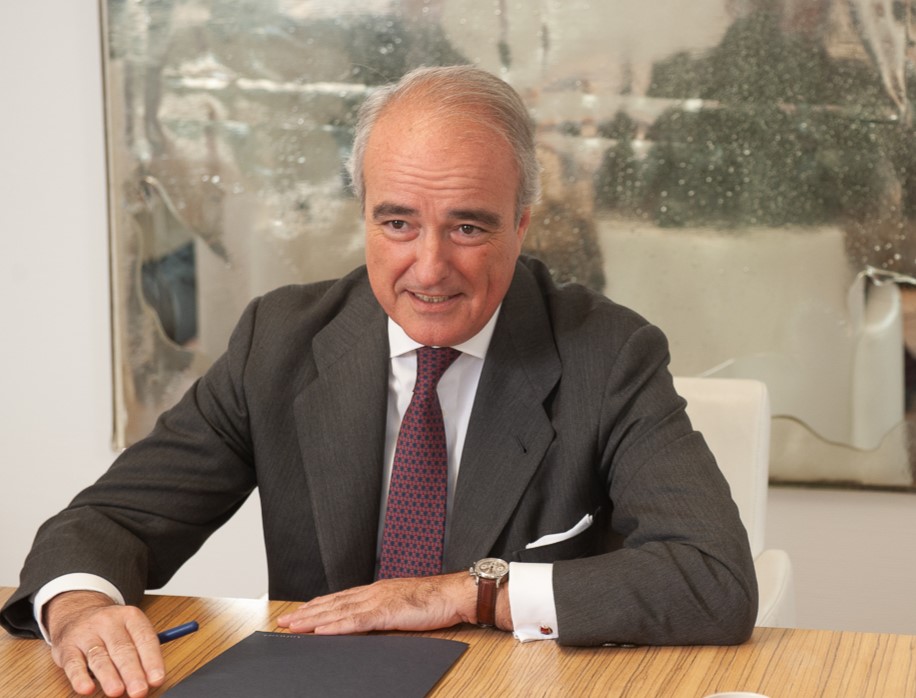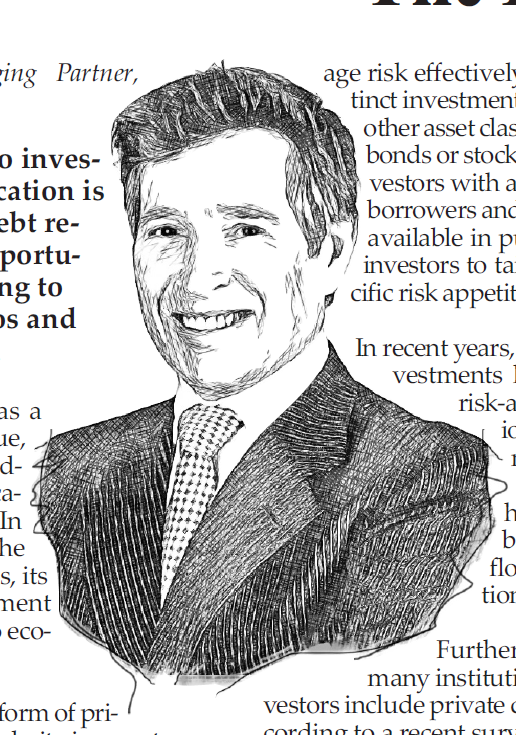By Shanu SHERWANI, Private Equity Analyst, published in AGEFI Luxembourg in Juillet/Août 2021, p.42.
Individual LPs (investors) can only exit early their private equity interests through the secondary market. In brief, secondaries allow investors to sell their positions in private equity funds and hence liquidate equity stakes in private companies. Due to the illiquid nature of private equity, the establishment of a secondary market was necessary and perhaps inevitable. Investors were required to make a seven- to ten-year or longer commitment to private equity funds. However, liquidity is often a consequence of all secondary sales but not always the main reason. In recent years, new regulatory regimes for banks and insurance companies (Basel III and Solvency II) have prompted significant secondary selling. But a more active approach by investors to manage their private equity portfolios is one of the main drivers of this specific market.
For industry insiders, it is worth noting that the secondary market is booming, which is a direct result of the Asset Owner’s interest in alternative assets. The Secondary market volume has increased rapidly over the past few years, fuelled by fundraising tailwinds and more significant market acceptance from LPs (investors) and GPs (fund managers). In figures, Evercore (one of the most important secondary PE funds) estimate the secondary market has increased from 26bn USD in 2013 to 60bn USD in 2020 with an estimated dry powder (capital available for investment) of 113bn USD. In terms of volume, last year was an exciting time, as the secondary market reached an all-time high of 113bn USD in terms of dry powder available on the market. Still, the volumes in 2020 influenced by the pandemic came down to 60bn USD from 80bn USD the year before. The most notable change in 2020 compared to the previous year is the drop in LP led secondaries, and the increase of GP led secondaries. Most GP led transactions are single-asset deals whereby the GPs sell a company from an old fund into a new SPV, manage the asset, and fund the growth acquisition-led strategy for further upside potential.
GP led secondary market is the single most attractive private equity opportunity due to the combination of alignment of GP and LP. Prime sponsors are selecting their finest assets with the most significant upside. Putting their own money alongside secondary firms that back them is the crème de la crème of transactions. GPs know these firms and believe in further upside, so they are just selling those assets to SPVs and continuing to manage them rather than selling them to competitors who then make three times their money.
According to recent data from Coller Capital, the number of investors planning to increase their asset allocation to private equity is at an all-time high since the financial crisis. The data gathered from the survey conducted in February and March 2021 of 111 private equity investors worldwide shows that these investors have a differing view of the market. On the one hand, most respondents said they think it is the best time to be making new private equity commitments. The majority also says that it is more complicated than usual to select general partners. Hence, the secondary deals allow investors to increase their private equity allocation to a proven investment manager.
According to the survey, 77 % of respondents have already invested in this type of fund. Half have allocated between 1 % and 10% of their private equity portfolio to secondaries, while 5% have committed more than 30%.Within the next three to five years, 21% of allocators intend to increase their exposure to private equity secondary funds, while 15% plan to increase their exposure to other types of alternative secondary funds.
Industry insiders have made a bold prediction that the secondary market will trade for a trillion dollars annually by 2030, and I tend to agree. Two factors will contribute to that growth: increased assets under management and private capital and a decrease in private capital churn. According to data projections, private capital assets under management will reach 22 trillion dollars in 2030, indicating that private capital is growing, and public markets are contracting. Because the primary issue with private equity is the asset’s illiquidity, and the secondary market provides liquidity, there is no doubt that this market segment will thrive. Another factor that will drive growth in the secondary market is the churn rate. I mentioned that the secondary market traded 80bn dollars in 2019. By 2021, this market segment will surpass the 100bn USD mark, representing 1% of private capital traded in 2019. If we raise this to 5% by 2030, the secondary market will surpass the trillion-dollar mark.
The question then becomes why the secondary market, which currently accounts for less than 1% of private capital traded, will grow to 5% by 2030. According to industry insiders, four factors will drive this growth:
1) Investors will manage their private equity portfolios more actively like they do their public market portfolios. When you are over-allocated to a particular sector or geography, you sell your public shares to reallocate, as is customary.
2) Historically, private equity employed a hold and commit strategy; however, it is adopting more and more hold and manage strategy, resulting in the growth of the secondary market.
3) GP-led secondary transactions are increasing in popularity, and continuation funds or single asset funds are a natural way to finance a longer commitment to the underlying performing assets, which will drive additional growth in secondary market opportunities. Due to the longterm nature of asset classes such as real estate and infrastructure, the maturation of these asset classes will significantly impact the growth of the secondary market. As a result, an investor’s holding period will decrease because of active portfolio management.
4) Historically, institutional investors, family offices, and funds (endowment funds, sovereign wealth funds, pension funds) were the only sources of capital for private equity. With increased accessibility for retail investors, active management of private equity investments will increase, as will the secondary market as a source of liquidity.
Some readers of this article may believe this is an audacious prediction. Nonetheless, according to Prequin’s data, today’s exposure to PE funds is estimated to be around 9 trillion USD. That figure is expected to increase by 18 trillion USD by 2025 as the number of limited partners committing to private equity funds continues to grow. Thus, a 5% penetration rate of the secondary market is a conservative estimate. Since the global financial crisis, private equity has lived longer, increasing in the average buyout holding period.
As a result, limited partners must adopt new strategies as their assets live longer. Again, they will want to manage their investments more actively and do so on the secondary market. Additionally, an increasing number of limited partners have never conducted a secondary transaction. It is only a matter of time before investors jump on the secondary bandwagon with more active portfolio management.
Most industry insiders agree that most secondary deals are not driven by distress, and analysts would argue that less than 5% of the deals in the secondary market over the last 20 years have been because of distress. It is not surprising that volumes of transactions in the secondary market dropped significantly in 2020 as the bid-ask spread widened. As a secondary buyer, you were pricing the opportunity on all available information you have today based on the pricing of a NAV (Net asset value) dated six months old on average without factoring in distress. As a result, the buyer had to price based on today’s status and where things are heading; hence, the discounts were extraordinarily high, and the volumes in transactions dropped as it was not viable for the seller to pursue. The traditional LP led secondary segment will increase over time as more and more investors will access the secondary market to actively manage their portfolios, free their capital to make new investments and focus on commitments that drive 80% or 90% of their future growth.
More importantly, because the assets are somewhat mature, the buyer benefits from a shorter investment horizon. By contrast, investing in blind-pool primary fundraising is risky because assets have not yet been purchased. Rapid capital returns frequently result in higher annual returns – albeit not consistently higher multiples on initial investment – than primary fundraising. According to Forbes, specialist funds that invest in secondary markets and the secondary pockets of socalled funds of funds that invest in other private equity funds have budgeted $153 billion for acquisitions. Almost certainly, this figure will be multiplied by debt, preferred stock, and deferred payment structures.
In conclusion, liquidity is becoming an increasingly important factor in institutional investors’ decision to invest in private equity, mainly a portfolio management tool. It is the secret ingredient in private equity’s eventual appeal to retail investors. As a result, private equity’s future will be determined by the growth of the secondary market. As private equity becomes more tradeable, it will become more democratic. Luxembourg is recognized as a global centre of excellence in the private equity industry, and with the growth of the secondary market, the country is wellpositioned to become a leading service provider in this still-niche segment.






